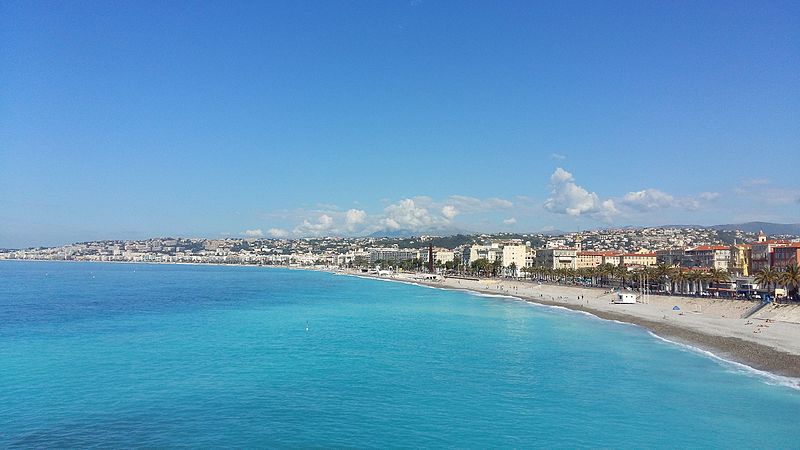The map of Europe has now turned predominantly orange, with a number of tourist destinations no longer being red travel zones, in the latest update of the European Centre for Disease Prevention and Control (ECDC).
According to the latest update, Cyprus, the Czech Republic, Germany, Hungary, Luxembourg and Slovakia have now turned completely orange on the ECDC map, meaning that the risk of infection is now considered “moderate” instead of “high” by the Belgian authorities.
Additionally, many of the traditional summer holiday destinations, such as the Côte d'Azur, Tuscany, the Greek island of Rhodes and Barcelona have also turned orange, meaning their situation has significantly improved since last week, according to the ECDC.
Italy, for example, has turned almost entirely orange, and even has a green zone now: Molise, in the southern part of the country, close to Naples. Only the regions of the Aosta Valley, Basilicata and Calabria are still red.
Related News
- Europe asks for ‘reciprocity’ from the US in welcoming tourists
- New rules for non-EU arrivals to Belgium
- Belgium announces latest rules for international travel
In Spain, the number of orange regions increases from eight to ten, with Murcia and Catalonia added to the list, changing the countries previous predominantly red colour to orange as well.
Apart from the one red region of Vorarlberg, the entire country of Austria is coloured orange, and in Switzerland, North-West Switzerland and Zurich were added to the list of orange zones.
For Croatia, the entire Adriatic coastline is now orange.
In France, the important holiday region of Provence-Alpes-Côte d'Azur colours orange since the last update, and in Greece, the South Aegean Islands (which include Rhodes) and East Macedonia are orange.
However, the Greek Ionian Islands (including Corfu) became a red zone again.
Additionally, in both Poland and Romania, there are no more red zones on the map: both are coloured orange, with large green regions, meaning that the infection risk is considered “low.”
Whether or not travellers entering Belgium after at least 48 hours in an orange zone are required to quarantine and get tested is calculated based on their answers on the Passenger Locator Form (PLF), which will give them the needed instructions depending on the outcome.
For countries outside the EU and the Schengen zone, nothing changes. All third countries remain red zones, except Australia, New Zealand, Rwanda, Singapore and South Korea, which are green, and Thailand, which is orange.

